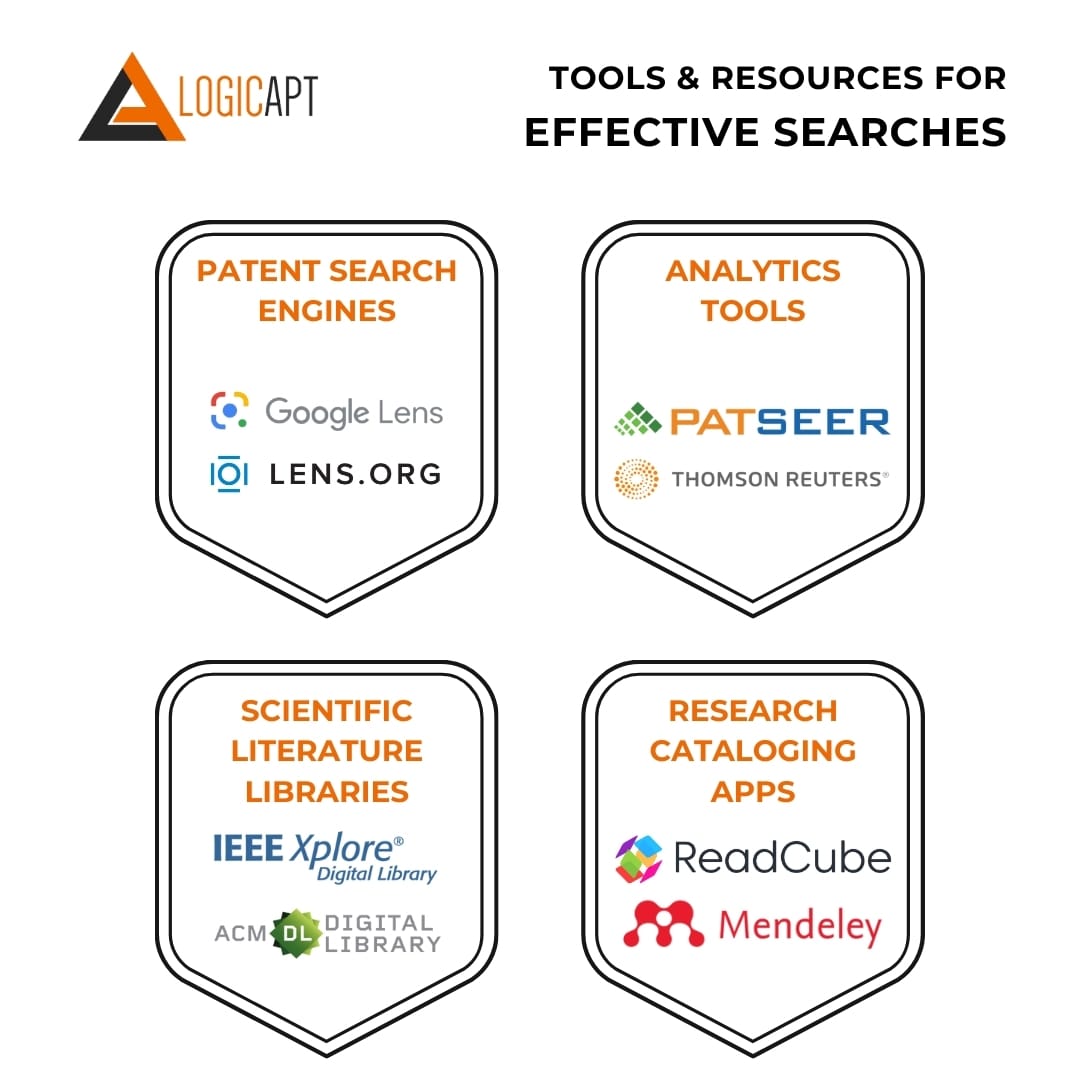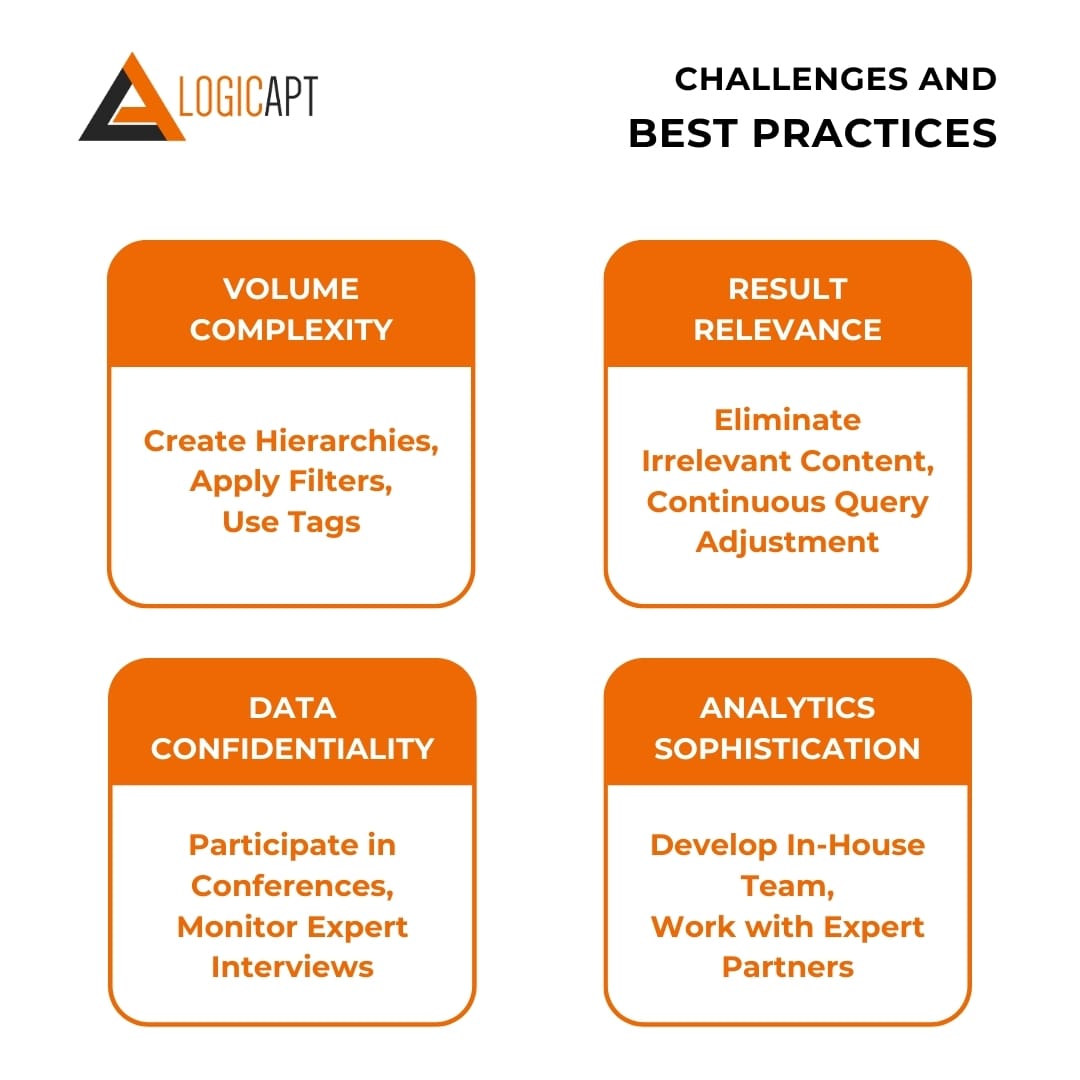Mastering Patent State of the Art Searches: A Comprehensive Guide

Staying ahead of the technology curve is pivotal to gaining a competitive advantage in today's rapidly evolving innovation landscape. While building on existing advancements, businesses must strategically carve out their niche differentiating offerings. This is where performing a meticulous state-of-the-art search becomes mission-critical before locking in research and patenting decisions.
Also referred to as a prior art search, a state-of-the-art search examines existing public domain knowledge about a particular technology arena. By understanding the boundaries already etched, players can define the yet unsolved gaps where they can drive meaningful progress through inventions and patents. Instead of replicating incremental solutions, the accent pushes the boundaries further.
This guide offers a comprehensive overview of state-of-the-art searches and how enterprises can harness their power to charter winning innovation strategies:
Understanding State of the Art Searches
A state-of-the-art search, true to its name, focuses on mapping existing standards, solutions, and discoveries qualifying as “art” in relevant technological classifications. The objective is to reveal potential white spaces where forthcoming research and patenting efforts may find high potential and limited competition after analyzing domains exhaustively through such searches.
Unlike common web searches that yield general information, state-of-the-art searches employ a structured methodology examining peer-reviewed literature, granted and filed patents, scientific papers, academic journals, etc. Patent attorneys often conduct these high-quality searches leveraging domain expertise to interpret search findings accurately for clients.
The depth of these searches enhances business decisions from multiple aspects. Product managers spot technology areas nearing saturation where differentiation will be an uphill journey. Researchers derive insights that help define promising problems, offering scope for breakthrough inventions yet to be patented by peers. Investors evaluate state-of-the-art advancements across emerging domains to guide funding allocation. Startups confirm unaddressed market pain points before rolling out new solutions.
Staying abreast of the state-of-the-art landscape is key to growth-oriented patent and innovation planning.
The Scope of State of the Art Searches
State-of-the-art searches entails exhaustive yet laser-focused information gathering about existing advancements around a technology concept. Their extensive scope can be gauged from the expansive inputs pooled - from journal publications detailing early-stage studies to granted patents representing scaled applications already underway in practice across domains and geographies.
While keyword searching aids discovery, considerable human acumen connects the dots across seemingly scattered information artifacts. For instance, linking laboratory-scale publications discussing biofuel generation techniques with existing patented bioreactor systems that leverage similar catalytic approaches to refine efficiencies. Topical relevance tools also assist in revealing loosely coupled content pieces united by an underlying technological thread.
Freedom to operate (FTO) searches also examine prior art. Still, they are limited to scanning patents alone as their primary intent lies in revealing potential conflicts regarding an already finalized invention model a company looks to patent or productize. State of the art searches have a wider purview to comprehensively understand technology progress without being hemmed by an already-defined solution boundary like FTO searches. Their orientation is strategic versus the tactical emphasis of FTOs.
The common denominator, however, is to help enterprises understand "freedom to operate" by building on existing advancements while staying clear of infringements. State-of-the-art findings highlight promising white spaces and reveal deficits that new patents can potentially address after considering prior art in its entirety.
Conducting a State of the Art Patent Search
While state of the art searches seem vast in scope, a systematic approach ensures effort optimization:
Framing Research Questions
Defining precise technical questions and sub-areas for investigation based on key problems worth solving guides online search design. Suppose the intent is tracing diagnostic advances in lung cancer, for instance. In that case, research questions will cover aspects like early-stage bio-markers, tumor localization techniques, drug response predictors, etc., under the umbrella domain.
Selecting Relevant Sources
State of the art searches warrant going beyond common search engines to tap specialized repositories. Besides the scholarly citation database Scopus, the platform IEEE Xplore indexes leading engineering research for technical literature discovery. WIPO’s PATENTSCOPE contains international patents facilitating geographic comparisons. Other prolific resources are PubMed, Google Patents, Espacenet, etc.
Crafting Search Strings
Combining relevant keywords, patent codes, inventor names, assignee companies, etc., creates search strings that better retrieve precise results. For example, use (lung cancer) AND (diagnostic OR prognosis) AND (bio* OR genetic test*) as search queries. Search strings act as the bridge between research questions and information troves most aligned.
Supplementary Keyword Research
As new sub-topics surface during initial searches, adding pertinent keywords expands the scope smartly. Tools like Google Keyword Planner help gauge monthly searches and competitiveness across related keywords for enriched investigation.
Tracking Search Sessions
Maintaining search logs documenting platforms searched, search queries applied, number of results yielded, etc., brings traceability. Easy comparison between search sessions over a timeline reveals areas warranting deeper digs.
Analyzing Result Relevance
Finally, the cohesion between search findings and original research questions indicates search quality. Irrelevant results signal the need for search query adjustments or exploring additional sources. Identifying content clusters around key questions depicts search efficiency.
Where in-house expertise has gaps, leveraging professional search services like comprehensive state-of-the-art landscape mapping from cpp. Expert taps external prowess for actionable insights. ThinkAI’s State of Art Models also demonstrate how AI is stepping up technology search.
Tools and Resources for Effective Searches

Certain online platforms and applications simplify running state of the art searches:
- Patent search engines like Google Patents Lens.org: Help swiftly screen databases and classify results using relevant patent codes.
- Scientific literature libraries like IEEE Explore ACM Digital Library: Unlock access to cutting-edge technical research publications.
- Analytics tools like PatSeer and Thomson Innovation: Assist in visualizing search data revealing trends.
- Research cataloging apps like ReadCube and Mendeley: Track citations and annotate documents.
Additionally, semantic search capabilities link content contextually, identifying interconnections mundane searches miss. State-of-the-art neural models power semantic engines for enriching patent prior art searches.
Amazon’s on-site search engine leverages data structuring, analytics, and machine learning to match visitor intent with relevant products using contextual inputs. Similar advances in proprietary enterprise search hold the potential for upgrading state-of-the-art hunting.
Analyzing State of the Art Search Results
With search outputs aggregated, analysis brings clarity on the way forward:
- Segment literature into discrete technology buckets like diagnostic methods, therapies, medical devices, etc., in case of an oncology prior art search.
- Map content clusters highlighting solved areas versus gaps based on publishing timelines - distinguish recent progress from dated advancements.
- Gauge industry activity around sub-topics based on assigning companies, authors, etc., to estimate competitive density.
- Underpin search findings with strategic insights on whitespace prospects for future patenting and product positioning.
The final step involves synthesizing search results into an organized prior art search report codifying all aspects - overview, search methodology, findings classification, competition analysis, whitespace identification, and strategic recommendations. Such formal documentation helps businesses make informed patent filing and R&D choices. Periodic state-of-the-art search updates further build on initial levels.
Real-World Applications and Case Studies
Real scenarios demonstrate how state-of-the-art search insights tilt innovation strategies:
- IBM leverages Quantifi - an AI engine processing unstructured technical data across disciplines into opportunities for pioneering patent development.
- In consumer genomics, 23andMe relies on sophisticated data mining to continuously explore genetic indicators for new health risk assessment offerings while crowding out copycats.
- NASA tapes into state-of-the-art search algorithms to uncover sparse yet crucial data clues from decades of aerospace research for advancing next-gen space mission breakthroughs.
On a smaller scale, state of the art findings prevented a medical device startup from pursuing smart pill innovations upon discovering existing IPR barriers around ingestible sensors - saving years of wasted R&D.
While still largely manual, natural language processing and neural networks are enhancing patent textual data analysis - from extracting chemical compound references to identifying advancements in contextual search, predictive analytics, and automation will further expand state-of-the-art search capacities.
Challenges and Best Practices

Certain inherent challenges in executing state-of-the-art searches warrant methodical mitigation:
Volume Complexity
The vast and exponentially growing information universe around technologies makes scanning iterations endless. Creating hierarchies, applying filters, and using tags minimizes overwhelm.
Result Relevance
Eliminating irrelevant content pieces to expose directly pertinent advances requires continuous query adjustments for precision.
Data Confidentiality
With limited public access to proprietary research findings and in-process patent applications, state of the art mapping has inevitable visibility gaps. Participating in industry conferences and monitoring expert interviews partially overcome this hurdle.
Analytics Sophistication
Smart data synthesis is key to strategically guiding patent and innovation planning. Develop specialized in-house analytics teams or lean on expert search service partners like Gridlogics and Anaqua.
Conclusion
In closing, the state of the art is a dynamic, oft-moving finish line in the innovation race. Enterprises leading transformation recognize the need to continuously track this line without losing balance or falling short of its ever-rising bar.
Patent searches centered on mapping the state of the art require a judicious fusion of search expertise, analytics acuity, and research vision for optimal impact. Get these ingredients right to stay ahead of the curve, not constantly playing catchup. The future belongs to incumbents alert enough to cut through the maze of incremental developments while pushing the boundaries ahead through genuinely inventive patents that promise value creation, not just survival.



